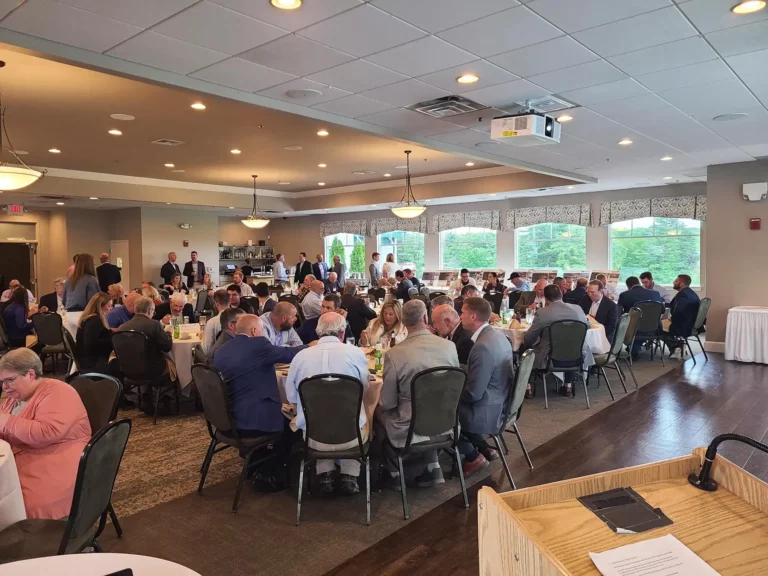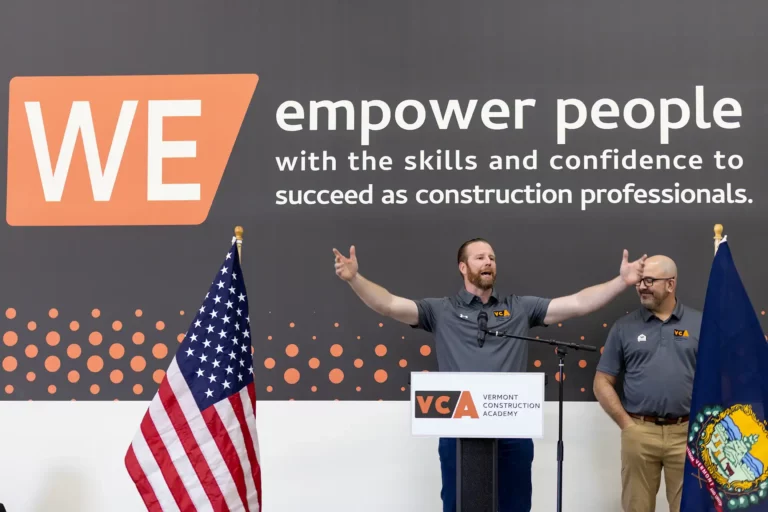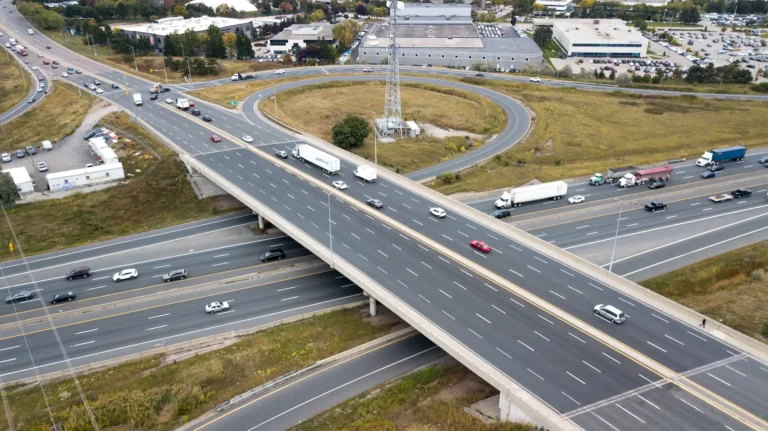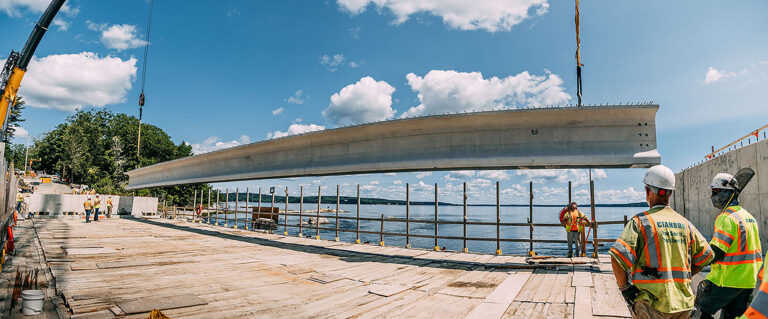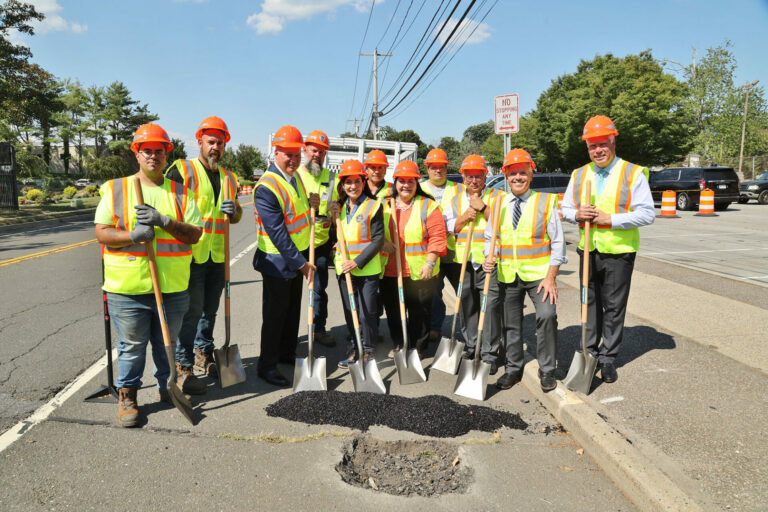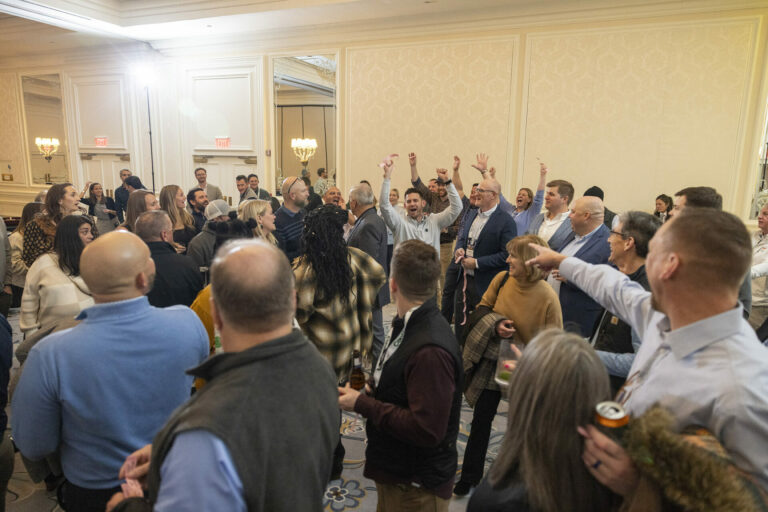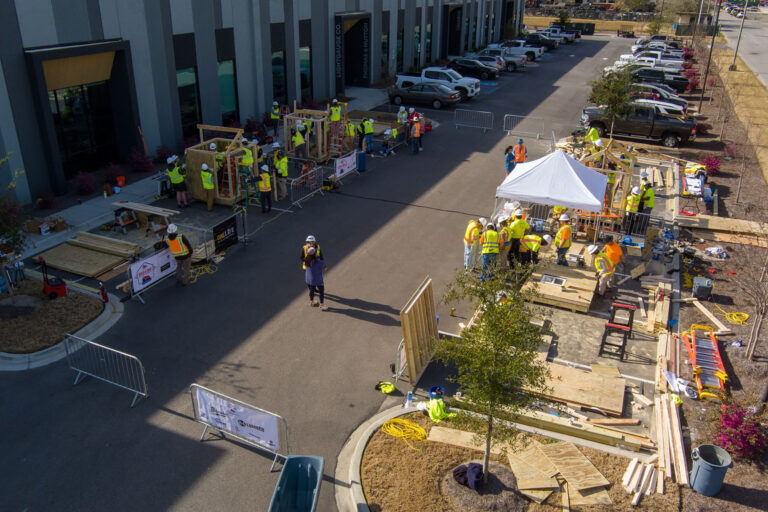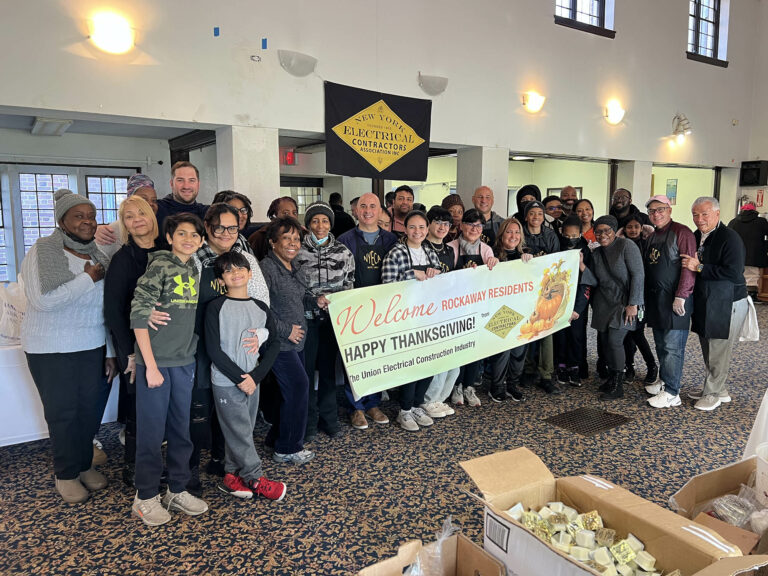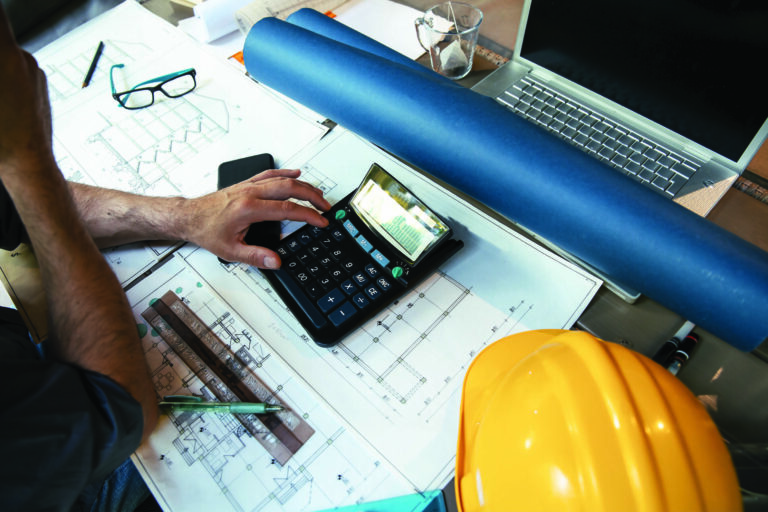The United States is in a perpetual state of construction. Towns are being developed from the ground up, high-rise buildings are shooting higher and higher, and new bridges and roads are appearing at rapid speed. Among such abundance, it is rare to happen upon a construction project that is significant enough to capture the attention of the nation. This is true of the Hudson Tunnel Project, which forms part of wider plans to improve the Northeast Corridor (NEC) by transforming rail travel between New York and New Jersey. The improvement of the Northeast Corridor, the most used passenger rail line in the country, is not a single project but a collective vision that spans the entire region, transformative in scale and revolutionary in scope.
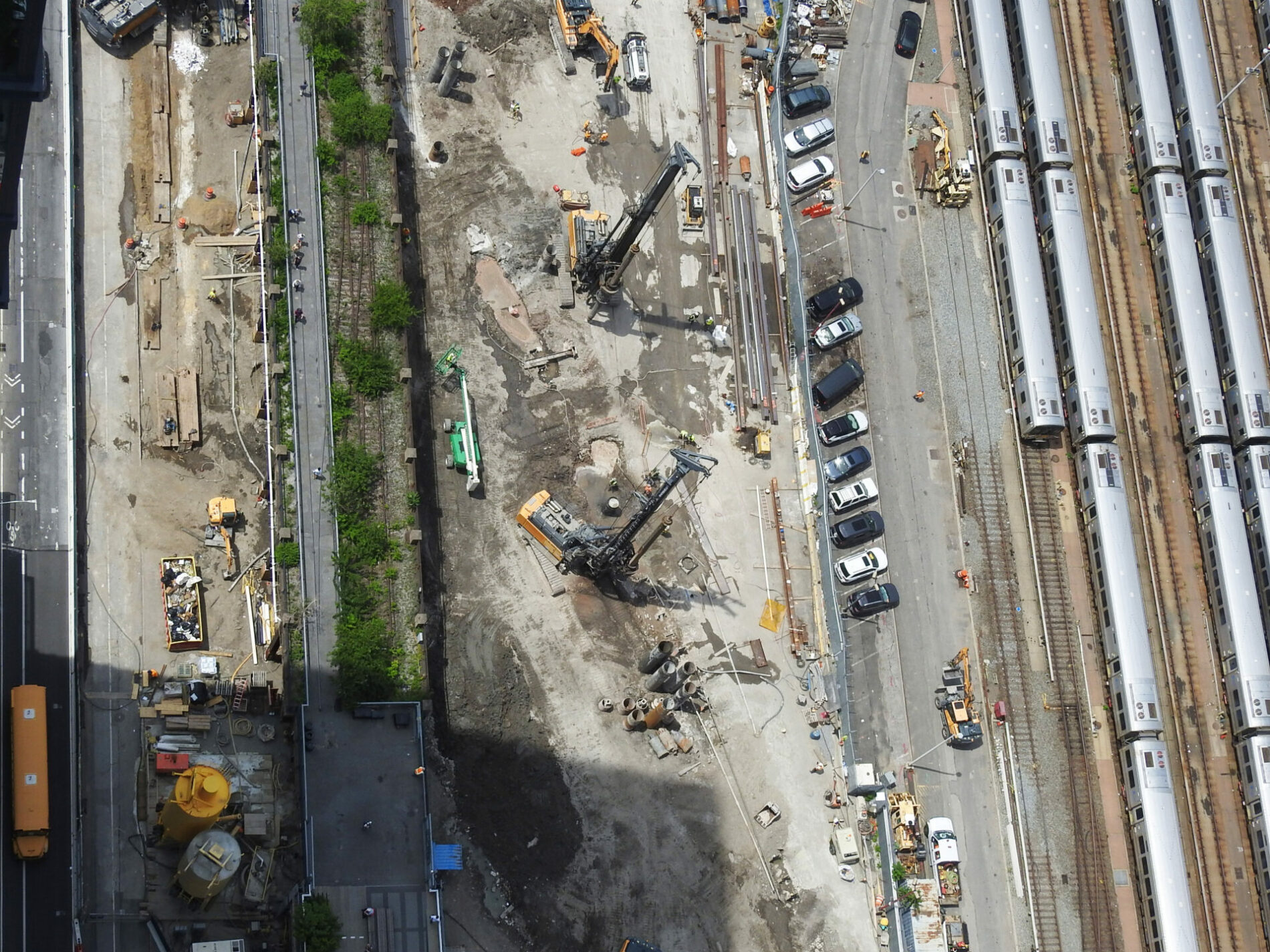
This vision is at the very core of the Gateway Program, the most urgent infrastructure program in America. The Hudson Tunnel Project is made up of three components, the first of which is the new two-track Hudson River Tunnel between the Bergen Palisades in New Jersey and Manhattan. The second is the Hudson Yards Concrete Casing, a right-of-way preservation section that will allow trains to travel between the new Hudson River Tunnel and the existing Penn Station. And the third is the rehabilitation of the North River Tunnel, which was built more than one-hundred years ago to early 20th century standards and sustained severe damage during Superstorm Sandy. The project will see each of these components come together to significantly improve rail services for hundreds of thousands of daily passengers.
The inner workings of this monumental program are best described by Jim Morrison, the program’s Senior Technical Advisor. “The Gateway Development Commission that we represent was developed for the specific purpose of bringing in the Hudson Tunnel portion of Gateway,” says Jim, who joins me today alongside Molly Beckhardt, Gateway’s Communications & Government Affairs Associate. Together, and with justified enthusiasm, they paint a picture of a new and improved Northeast Corridor that is built by and for the people. “The Hudson Tunnel Project is focused on the Hudson River crossing currently supported by the North River Tunnel, which was built in 1910 and serves the Northeast Corridor coming into New York City,” says Jim. “It’s the Northeast Corridor’s only passenger rail pathway into Penn Station at the moment. Our job is to add resiliency, reliability and redundancy to the system by bringing in another set of tunnels, one in and one out, so that one of the tunnels can be taken out for service and rehabilitation without impacting the Northeast Corridor operations.”
The execution of the Gateway Program is an ambitious feat given the demanding mega-region it covers and the shortcomings of the current system. The approach to such a feat is best described by Jim, who provides a step-by-step breakdown of the project’s workflow. “It starts on the surface, before it becomes a tunnel, with a switch in creation of new lines that match or meet into the existing Northeast Corridor. This happens somewhere past the Secaucus Station; Secaucus Road roughly is where the switch occurs. We’ve got a surface alignment project for a little over a mile that starts out as a widening of the existing embankment, and as it veers off to our tunnel system becomes an elevated viaduct across the Jersey Meadowlands. It reaches the portal for the tunnel at Tonnelle Avenue which is where the portal is established and where the tunnelling operations will take place. From there it becomes an underground project with tunnels moving from the Tonnelle Avenue portal under the Palisades and into Hudson County, roughly at the Weehawken Hoboken line. This then proceeds under the Hudson River and comes up at roughly 30th St in Manhattan, where there’ll be a fan plant and a shaft. The tunnel boring machines come out and they meet up with the Hudson Yards cut and cover projects that have been built leading into Moynihan Station, and that’s how the system ultimately gets into Penn Station.”
Jim continues: “Tunnelling itself, once we start mining, has lots of nuances. Tunnelling under the Palisades in New Jersey is by comparison to everything else relatively straightforward, while the tunnelling contract going from Hudson County Shaft under the river into Manhattan is much more complex because it goes through both rock and very soft ground, so it requires a much higher level of technology to secure it. The ongoing Manhattan work is a preparatory project to clear the path for the tunnel to come in, since it has to get through the historic bulkhead.”
Jim recognizes that coming into Manhattan is high density with a high impact on third parties, so that work is underway ahead of time at a very complex level. “That’s in final procurement right now to get that out and moving ahead of the rest of it,” Jim says, referring to the Manhattan Tunnel contract. Early work on the Hudson Yards Concrete Casing, which will enable construction on the Manhattan Tunnel, is well underway “I’ve got to hand it to the people who had the vision to do that ahead of time, because they built that corridor in Manhattan before and just as the development of Midtown was underway, it allowed that work to get in place under these buildings. You see high rises over the HYCC-1 and HYCC-2 already. We’re building HYCC-3 as we speak and there’ll be development above that in the future, so when these trains come in under those buildings, that pathway’s already in place.”
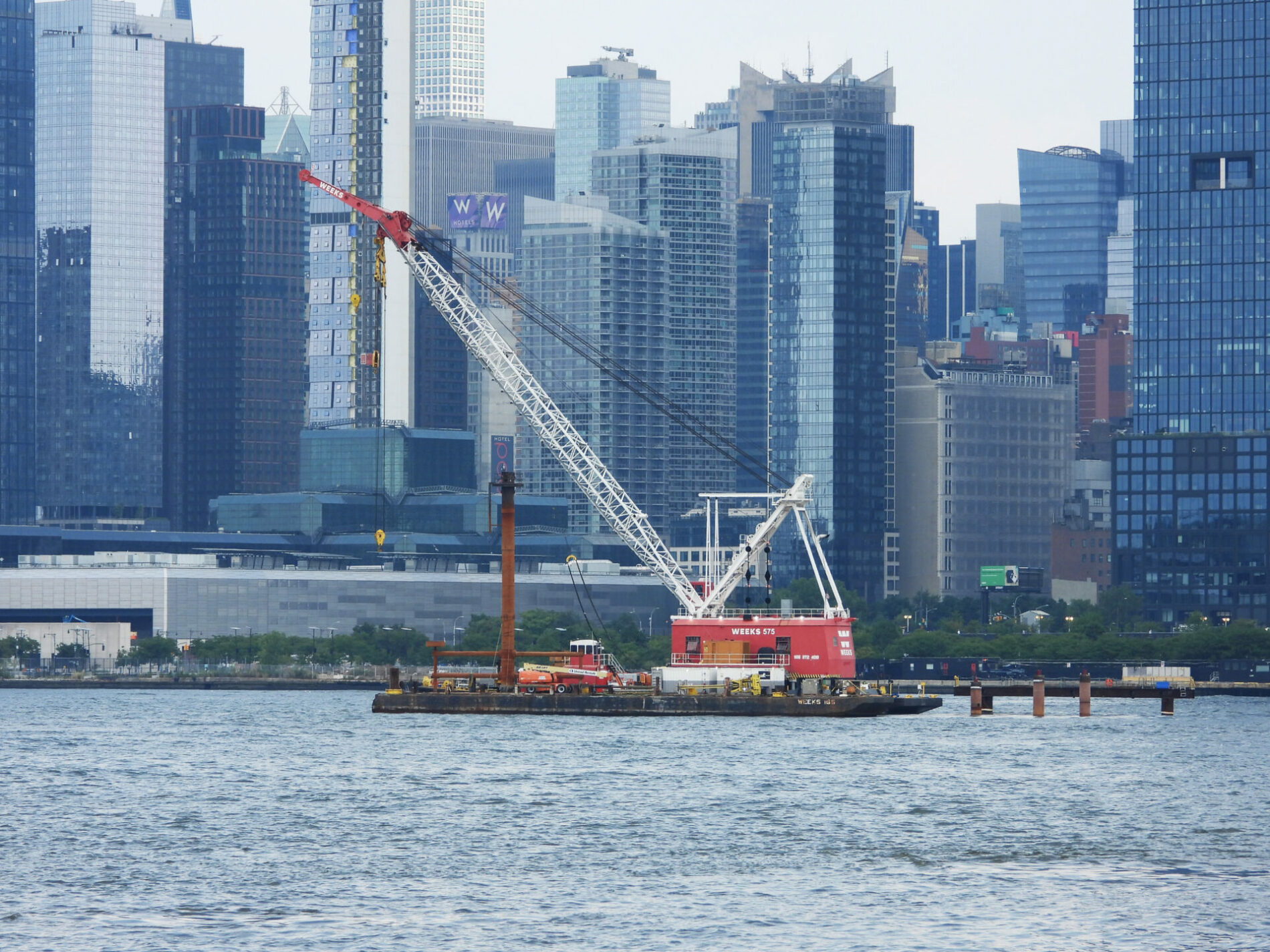
The Hudson Tunnel Project sees the construction industry come together, with trades from both the New York and New Jersey side of the river, to undertake €16 billion worth of work over a fifteen-year period. “A new report was recently released showing that this will create 95,000 jobs in the region,” says Molly, “a lot of which will be construction jobs in addition to those created through the wider economic impact of the project. This also means we’re generating $19.6 billion in economic activity and we’ll be spending roughly $87 million per month on supplies and labor throughout the country.” The program’s true significance on the construction industry and the wider economy will continue to take effect as the works progress. “The services that support the construction industry also create jobs which go beyond the normal construction employment you would think of,” Jim says. “This is a resiliency project,” Molly adds. “So it’s also about shoring up the economy, making sure we have the rail infrastructure to meet the needs of a modern 21st century economy and one of the biggest mega-regions in the world.”
Because of its scale, the Hudson Tunnel Project requires multiple contracts, broken down strategically in a way that best suits those who build it, use it and are impacted by it. This tactical splitting of packages improves the participation of the greater construction community while aligning the work with the best methods of delivery. “To execute this work we’ve divided it into at least nine construction contracts,” says Jim, “and it may split into a few more.” The split allows for scopes of work to be specifically aligned to the right contractors, while also ensuring that local contractors are in a position to bid the work, and that the insurance industry is in a position to support it. “It right-sizes it,” Jim says, “and it also allows us to pick the delivery methods that best align with the scope of work. When it comes to specific details of specification like systems integration and final tunnel lining, we want to be very prescriptive on that. So those become bid build projects, designed to 100% specification and bid that way.”
Complexities and demands change from one project element to the next and this is in the contract type. There are significant complexities that come with working in Manhattan to open up the Manhattan bulkhead, for example, and in this case contractor innovation, thus a design build contract, is the key to providing the most efficient and economical solution. “Some of the work is very dependent on contractors means and methods,” says Jim. “We want to really take advantage of contractor innovation and their knowledge.” Though there are many different contracts at play, some of which are dwarfed by the size of others, they must operate as an interlinked synergy as they move towards the same vision. “Ultimately Tonnelle Ave is a utility relocation project in the staging area for the later work,” Jim says, “so relative to the other contracts, it’s a very small dollar contract package. But seven out of the nine packages we have intersect at some point in time at Tonnelle Ave, so the staging and planning of that little piece of work becomes absolutely critical to the rest of the project’s execution.”
As the project’s “technical guy”, Jim is naturally inclined to talk about rocks and concrete and steel, all the important technical components that bring the project to its physical manifestation. But Jim can see from his very close vantage point that the story here is one of people, collaboration, teamwork, and a project for the history books. “One of the things we’re most proud of is what the team has been able to accomplish in the last two years, going from nothing to having our funding fully executed and having contracts in place. We had the governmental organizations in Washington, New Jersey and New York all come together to support this at the same time. It’s been a great alignment so far, with great synergy from all parts to keep it moving. For a complex program of this size it’s a pretty incredible feat, and we’re very proud of it. It’s one for the history books, how we got this project off the ground, moving, and actually on the rails as quick as we did it.”
“For a complex program of this size it’s a pretty incredible feat, and we’re very proud of it.”
The Hudson Tunnel Project is, as Jim describes it, “kind of a once in a lifetime event.” As it progresses along the Northeast Corridor it carries the states of New York and New Jersey along with it, acting as a much-needed symbol of hope, opportunity, sustainability, and economic abundance.











